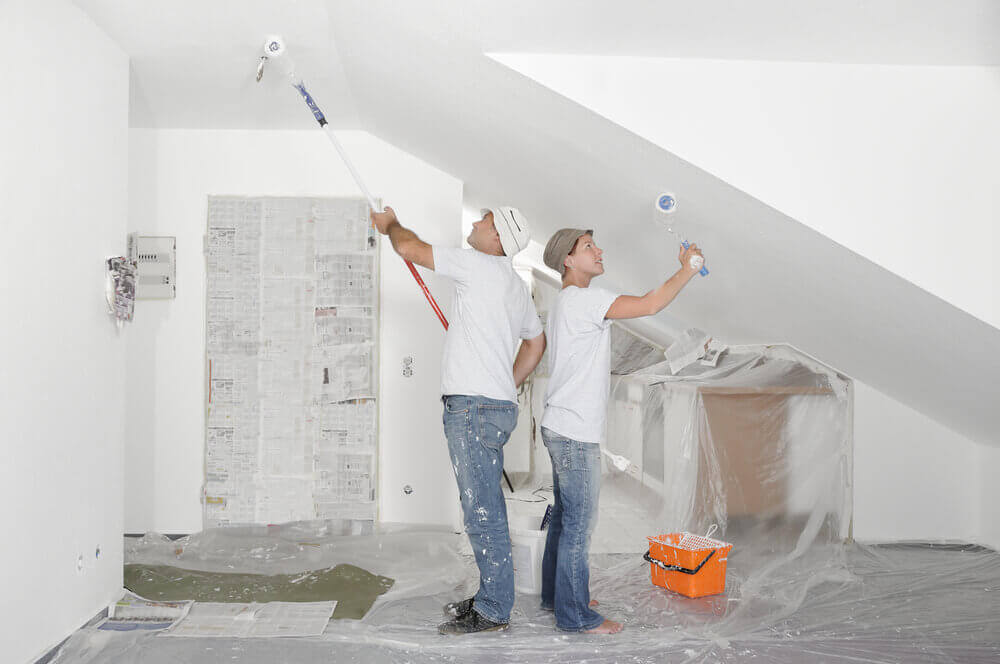When constructing or renovating a home or commercial space, interior wall finishing plays a crucial role in achieving a smooth and polished look. In New Zealand, the terms GIB fixing, GIB stopping, and plastering are often used in relation to drywall installation and finishing. While these processes are related, they each serve a distinct purpose in ensuring that walls and ceilings are properly prepared, finished, and ready for painting or wallpapering. Understanding the differences between these three services can help you make informed decisions when hiring professionals for your project.
What is GIB Fixing?
GIB fixing in Pukekohe is the first step in installing drywall or plasterboard in a building. It involves the physical installation of GIB boards (a commonly used brand of plasterboard in New Zealand) onto timber or steel framing. This step lays the foundation for the finishing process.
Process of GIB Fixing:
- Measuring and Cutting: Fixers measure the wall and ceiling spaces and cut the GIB boards to the appropriate sizes.
- Securing to the Frame: The boards are then attached to the wooden or steel frame using screws, nails, or adhesives. Proper alignment is crucial to ensure a level and seamless finish.
- Gaps and Joint Consideration: Fixers leave small gaps between boards for expansion and contraction. These joints will later be filled during the stopping process.
Key Considerations in GIB Fixing:
- It is essential to attach the boards securely to prevent movement or cracking later.
- The quality of fixing affects how smooth the final finish will be.
- Poor fixing can lead to issues like misaligned panels, visible seams, or weak structural integrity.
Once the GIB boards are fixed, they are ready for stopping, which is the next phase of the process.
What is GIB Stopping?
GIB stopping is the process of concealing joints, screw holes, and imperfections on the installed GIB boards. The goal is to create a seamless and smooth surface before painting or wallpapering.
Process of GIB Stopping:
- Applying Joint Compound: A plaster-based joint compound (also known as stopping compound) is applied to cover joints between GIB boards and to fill in screw or nail holes.
- Taping the Joints: A paper or fibre glass tape is embedded into the compound to reinforce the joints and prevent cracking over time.
- Second and Third Coats: After the first coat dries, additional coats of stopping compound are applied, with each layer being feathered out further for a smooth transition.
- Sanding for a Perfect Finish: Once the compound is fully dry, the surface is sanded down to achieve an even and polished finish.
GIB Stopping Finish Levels:
- Level 3: A rough finish used in areas where minimal finishing is required (such as behind tiles).
- Level 4: The standard finish suitable for painted walls and ceilings.
- Level 5: A high-end, premium finish where an additional skim coat is applied to ensure a perfectly smooth surface, often used in areas with bright lighting.
Why is GIB Stopping Important?
- Proper stopping ensures a flawless look and prevents visible joints.
- A well-stopped surface makes painting and wallpaper application easier and more effective.
- Poor stopping can result in uneven textures, visible lines, or paint imperfections.
Once stopping is complete, the walls may undergo plastering if additional surface refinement is required.
What is Plastering?
Plastering is the broader process of applying a thin layer of plaster to walls or ceilings to create a smooth and durable finish. While GIB stopping is a type of plastering, general plastering can involve skim coating, solid plastering, or decorative plaster applications.
Types of Plastering:
1. Skim Coating:
- A very thin layer of plaster applied over GIB stopping to create an ultra-smooth surface.
- Often used for a Level 5 finish to prevent imperfections from showing under bright lights.
2. Solid Plastering:
- Involves applying thick layers of cement-based or gypsum-based plaster to walls, often seen in older homes or masonry walls.
3. Decorative Plastering:
- Used to create textured effects on walls, such as Venetian plaster or ornamental patterns.
Why is Plastering Important?
- It enhances durability and helps protect walls from wear and tear.
- It improves aesthetic appeal, especially when a high-end finish is required.
- It provides better insulation and can reduce minor surface imperfections.
Which One Do You Need?
- If you are in the initial stages of construction or renovation, GIB fixing is the first step.
- If your walls already have GIB boards but need preparation for painting, GIB stopping is essential.
- If you want a premium, polished look, need to repair old walls, or desire a decorative finish, plastering is the best option.
Conclusion
Understanding the difference between GIB fixing, stopping, and plastering helps ensure a well-finished interior. Each process plays a vital role in wall preparation, from installing plasterboards to achieving a flawless final look. Whether you’re working on a new build, renovation, or just looking to refresh your walls, hiring skilled professionals for each stage will guarantee high-quality results that enhance the beauty and durability of your space.

